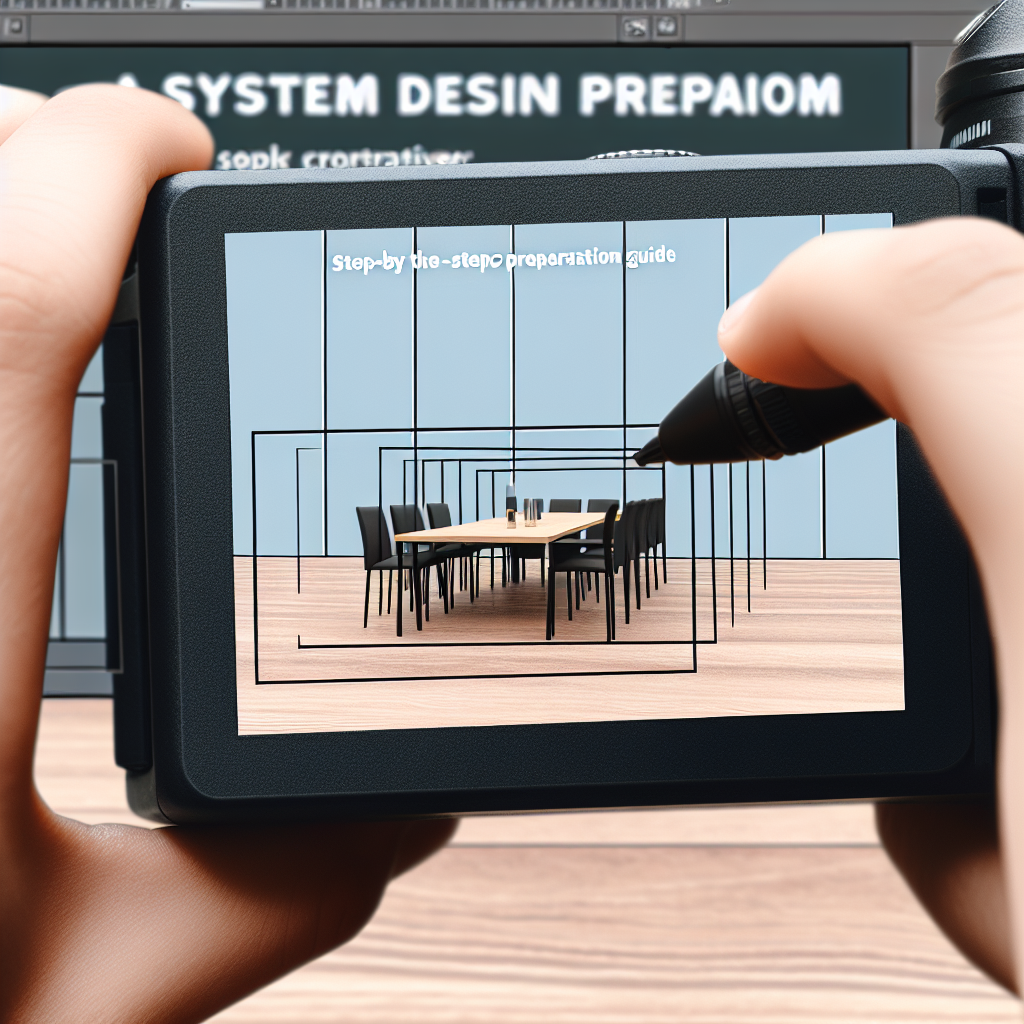System Design Interview: A Step-By-Step Guide
Preparing for a system design interview can be daunting, but with a structured approach, you can confidently showcase your expertise. This guide will walk you through essential strategies, from understanding the problem to crafting scalable solutions, helping you excel in your next technical interview.
Understanding the Problem and Setting Clear Goals
The foundation of a successful system design interview begins with a thorough understanding of the problem statement. Candidates should start by actively listening and clarifying ambiguous points to ensure alignment with the interviewer’s expectations. It’s essential to ask targeted questions such as:
- What are the core features required?
- What are the expected user load and traffic patterns?
- Are there any latency or throughput constraints?
Setting clear goals at this stage helps in defining the success criteria and prioritizing features. Once the requirements are well-understood, outline the scope and limitations to prevent scope creep, enabling you to focus on designing an optimal, scalable solution.
Designing the High-Level Architecture and Data Flow
After grasping the problem, the next step is to craft the high-level architecture that addresses the problem’s requirements. This involves defining key components such as client interfaces, load balancers, application servers, databases, and caching layers. A well-thought-out architecture facilitates scalability, reliability, and maintainability.
In this phase, consider these critical aspects:
- Component interactions: How do different modules communicate?
- Data flow: How does data move through the system from input to storage?
- Scalability: How will the system handle increased load by adding more resources?
- Fault tolerance: What redundancies are necessary to ensure high availability?
Creating diagrams and flowcharts can significantly aid in visualizing the system’s structure, making it easier to identify potential bottlenecks and improvements. The goal here is to develop a flexible, scalable foundation that meets the initial requirements while being adaptable for future growth.
Implementing Data Management and Considerations for Scalability
Data management lies at the heart of system design. Choosing appropriate databases (SQL vs. NoSQL), designing efficient schemas, and implementing data partitioning strategies (sharding) are crucial decisions. These choices directly impact system performance and scalability.
Key considerations include:
- Data consistency and availability: Should the system prioritize consistency or availability?
- Indexing and query optimization: How can you minimize read/write latency?
- Caching strategies: What data should be cached to reduce database load?
- Load handling: Can the system support high read/write volumes through replication and load balancing?
Designing for scalability also involves planning for future growth. This can be achieved by employing horizontal scaling (adding more servers), vertical scaling (upgrading existing hardware), or both. Regularly analyzing performance metrics and iterating your design are key to building a robust, long-term solution.
Conclusion
Effective system design interviews require a comprehensive understanding of the problem, clear communication, and strategic planning. By thoroughly analyzing requirements, designing scalable architecture, and making informed data management decisions, candidates can confidently demonstrate their technical prowess. Mastering this step-by-step approach enhances your chances of excelling and impressing interviewers in your next system design challenge.
